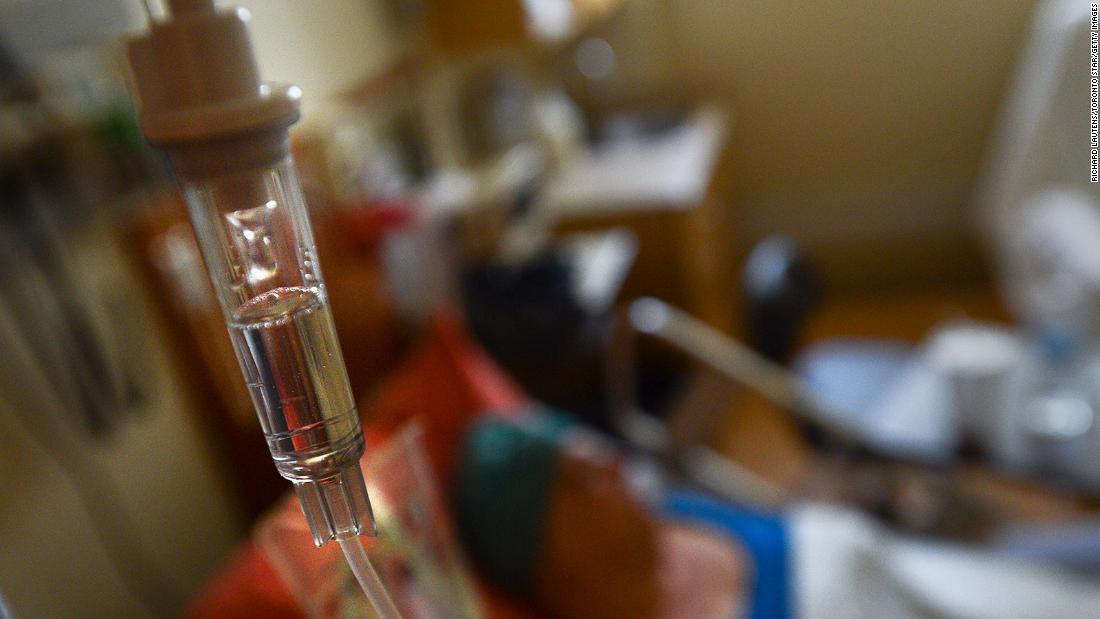Over the past three years, the number of cancer survivors (defined as survivors diagnosed with cancer) in the United States has increased by more than one million. There were 18 million survivors in the United States as of January, according to the association, and that number is expected to rise to 26 million by 2040. did. 1971 cancer survivor.
For all cancers combined, 5-year overall survival increased from 49% in the mid-1970s to nearly 70% from 2011 to 2017, the most recent year for which data are available.
Overall age-adjusted cancer mortality rates continue to decline, with the decline from 1991 to 2019 averting about 3.5 million deaths, the association says.
“Clinically applied targeted therapies, immunotherapies, and other new therapeutic approaches all stem from fundamental discoveries in basic science,” she said. “Investing in cancer science and supporting science education at all levels is absolutely essential to propel the next wave of discoveries and accelerate progress.”
For example, between August 1 and July 31, the U.S. Food and Drug Administration approved eight anti-cancer drugs and changed the use of ten previously approved drugs to treat new types of cancer. and approved two imaging agents, Coussens said at a news conference Wednesday.
Increased funding for cancer research is a cornerstone of the Cancer Moonshot initiative relaunched by President Joe Biden.
“Cancer doesn’t distinguish between red and blue. It doesn’t matter if you’re a Republican or a Democrat. Beating cancer is something we can do together.”
The report said, “This is a critical step towards improving cancer prevention strategies, increasing cancer screening and early detection, reducing cancer disparities, and promoting life-saving new treatments for cancer patients. Rekindling Cancer Moonshot, which provides a framework, added, “Action will transform cancer.” Providing care, improving survival and bringing life-saving treatments to the millions whose lives are threatened by cancer. ”
Nearly 3.5 million cancer deaths were averted between 1991 and 2019, according to the association, and more than 600,000 cancer deaths are expected in the United States this year.
“In the United States alone, the number of newly diagnosed cancer cases each year is expected to reach nearly 2.3 million by 2040,” said the report.
About 40% of cancer cases in the United States are attributed to preventable risk factors such as smoking, excessive alcohol consumption, poor diet, lack of exercise, and obesity, according to the report.
However, there are also ongoing challenges such as health disparities affecting racial and ethnic minorities and barriers to healthcare such as limited health insurance coverage and living in rural areas.
In a taped statement streamed at a press conference, U.S. Congressman Nikema Williams said after her mother’s death from cancer, she learned that “medicine in America is not yet a human right.”
“We have two health systems in this country: one for those who can afford preventive services and quality care, and one for everyone else,” he said. Williams, a Democrat from Georgia, said.
The reversal of the Roe v. Wade decision is also expected to impact cancer treatment by limiting health care options for pregnant women with cancer, the report said.
“The recent Supreme Court ruling overturning Roe v. Wade, which ends constitutional rights to abortion, has created uncertainty about how certain cancer treatments may lead to abortion. Timely medications and other medical services cannot be performed because of the potential legal repercussions for both mothers,” the report said.
The Covid-19 pandemic has impacted cancer in the United States, with nearly 10 million breast, colorectal, and prostate cancer screenings missed in 2020.
This report builds on progress and offers recommendations for regaining momentum.
“Advancing cancer eradication means more birthdays, Christmases, graduations and more moments in life for families around the world,” Williams said.
